Seattle Times and published in the Denver Post 14-Nov-2001; who adapted it from Bon Appetit: The Christmas Season book.
Ingredients
- 5 quarts water
- one cup coarse Celtic or Kosher sea salt (or 1/2-cup table salt)
- 3/4-cup honey
- one bunch fresh thyme
- four large cloves garlic (crushed and peeled)
- 1-tbsp coarse ground pepper
- one 8-to-12-lb free-range (or organic) turkey
- one lemon (cut in half)
- one tbsp olive oil (extra virgin)
- one cup chicken broth (low sodium)
Directions
In a large pot, combine the water, salt, and honey. Bring just to a boil, stirring to dissolve the salt and honey. Remove from the heat and stir in the thyme, the garlic, and pepper. Cool completely, then refrigerate until chilled.
Put the turkey into a 10-to-12-quart stock pot. Pour the chilled brine over the turkey, cover, and refrigerate at least 10-12 hours and up to 24 hours. Turn occasionally.
Preheat oven to 325 degrees F. Drain the turkey well. Pat outside of turkey with paper towels. Place the turkey on a rack in foil- lined roasting pan. Squeeze lemon juice inside the cavity and over the outside. Rub olive oil over the skin. Roast about 35 minutes per pound, basting occasional with the chicken broth, until an internal temperature reaches 170 degrees. Often an uncovered turkey will brown too quickly, so I cover loosely with aluminum foil, and remove the foil about 90 minutes before the final temperature is reached.
Transfer the turkey to a cutting board. Set aside for about 15 minutes before carving.
Bon Appetit et/kai Kali Oreksi.
Discussion:
There is a bit of science involved in the brining of a turkey or any poultry. The salt in the brine causes the protein strands in the skin of the bird to unwind, which creates a tangled protein-web which holds water. When the “web” is exposed to heat, the strands gel (similar to the whites of an egg) and form a moisture barrier to prevent water from escaping. This cooking process results in a very moist bird. It’s just simple kitchen physics and biochemistry.
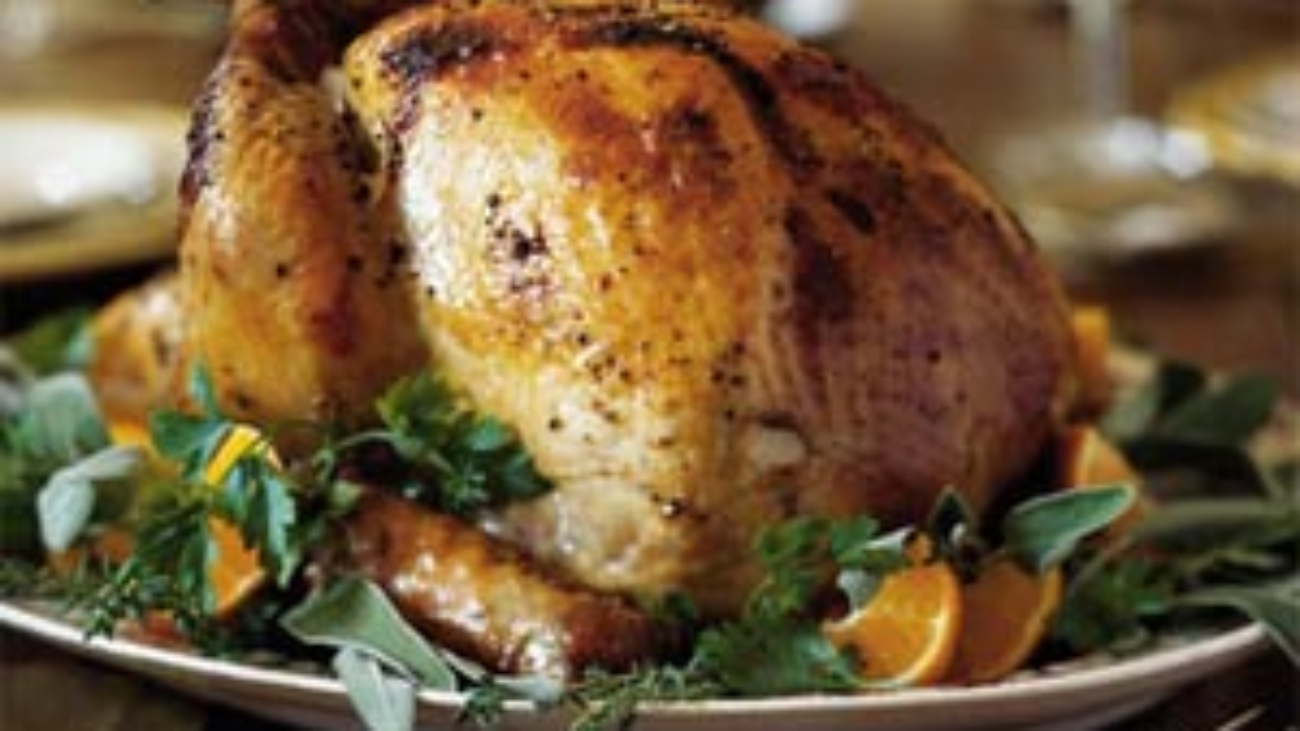
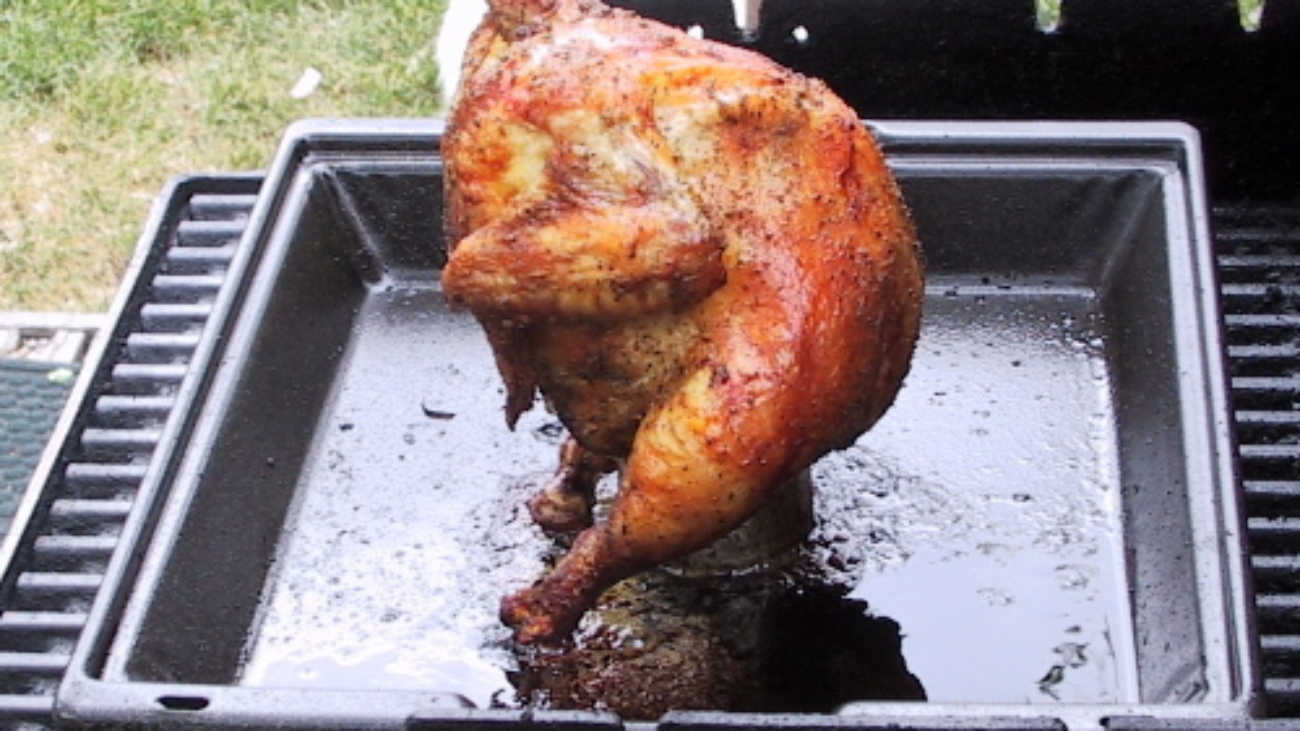
 of butter on the stovetop. Preheat grill or oven to 350°F.
of butter on the stovetop. Preheat grill or oven to 350°F.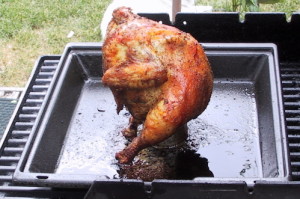 Carefully place the “panned beer-chicken” on the grill or in an oven at 350°F. Cook 1-to-2.5-hours depending on the size of the chicken. If the chicken appears to be cooking too fast on one side, it may be to be rotated 180°, -but only once. Chicken is done when the internal temperature reaches 170-to-175°F or when the legs get “floppy”.
Carefully place the “panned beer-chicken” on the grill or in an oven at 350°F. Cook 1-to-2.5-hours depending on the size of the chicken. If the chicken appears to be cooking too fast on one side, it may be to be rotated 180°, -but only once. Chicken is done when the internal temperature reaches 170-to-175°F or when the legs get “floppy”.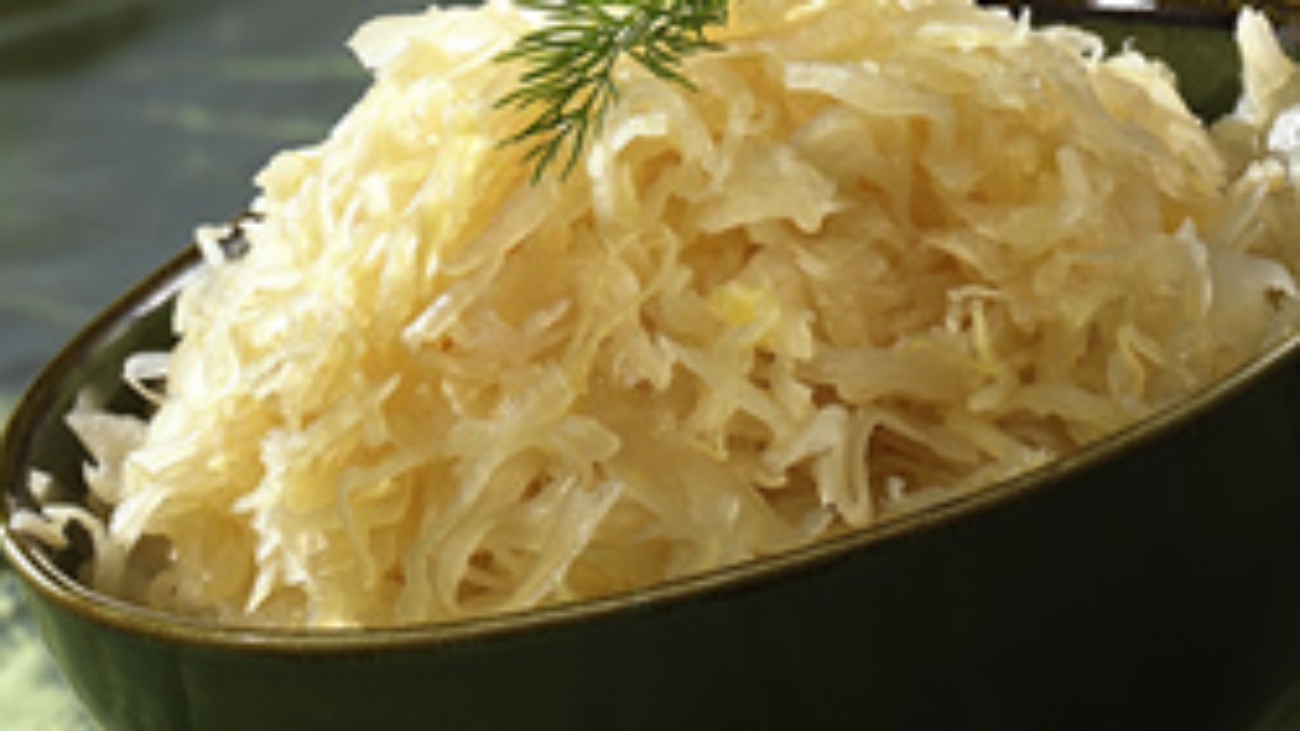

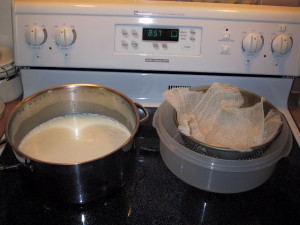 Half gallon of yogurt in the pan on the left, after 14 hours in the 105°F oven. Cheese-cloth-lined collander in a drain bowl on the right. For Greek Yogurt I pour the yogurt into the collander set-up, and place in 105°F oven for one-to-two hours. I recently had my Greek yogurt assayed for Lactic Acid Bacteria by Warren Analytical Laboratory in Greeley, Colorado. They measured 60 million Colony Forming Units (CFU) per gram (times 28.35 grams/ounce = 1.7 Billion CFU/ounce!) A delicious source of probiotics for my family’s microbiome.
Half gallon of yogurt in the pan on the left, after 14 hours in the 105°F oven. Cheese-cloth-lined collander in a drain bowl on the right. For Greek Yogurt I pour the yogurt into the collander set-up, and place in 105°F oven for one-to-two hours. I recently had my Greek yogurt assayed for Lactic Acid Bacteria by Warren Analytical Laboratory in Greeley, Colorado. They measured 60 million Colony Forming Units (CFU) per gram (times 28.35 grams/ounce = 1.7 Billion CFU/ounce!) A delicious source of probiotics for my family’s microbiome.